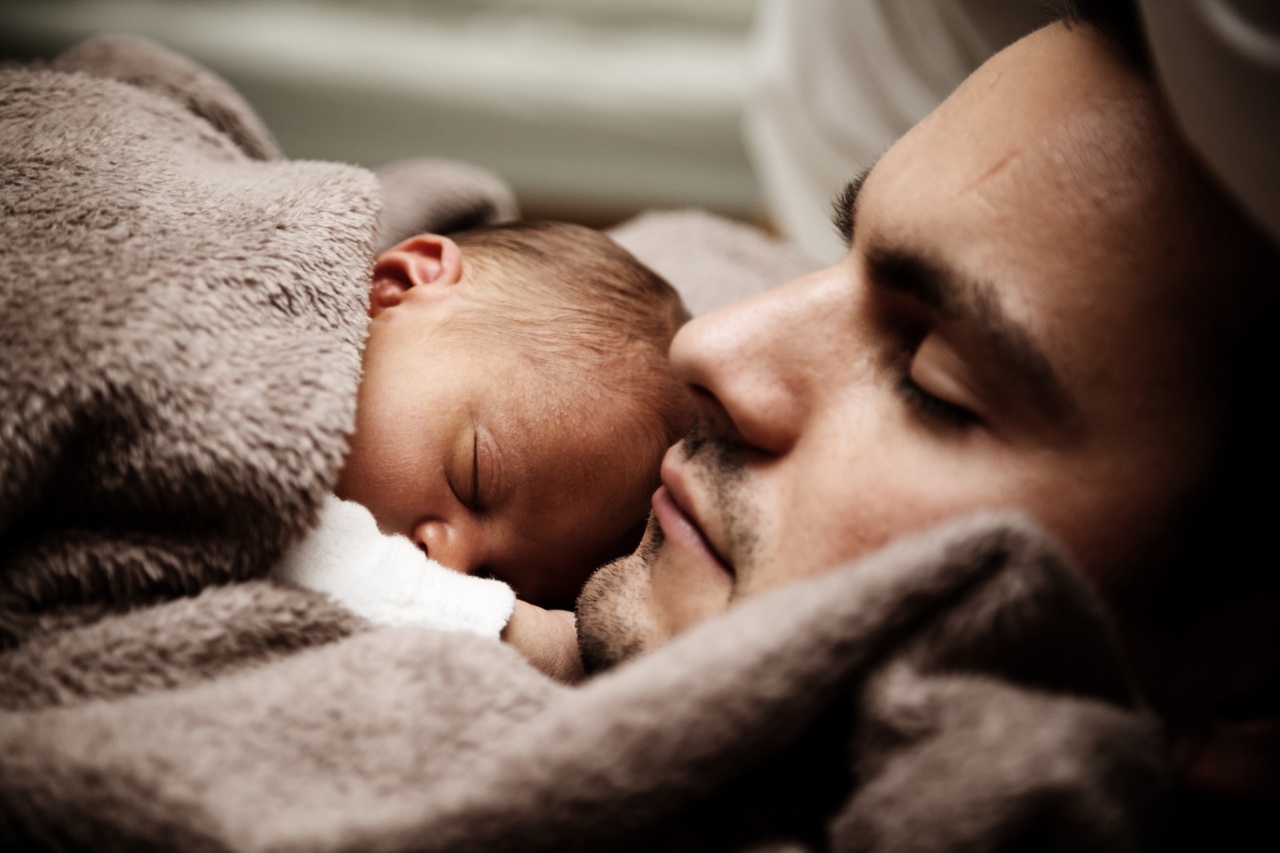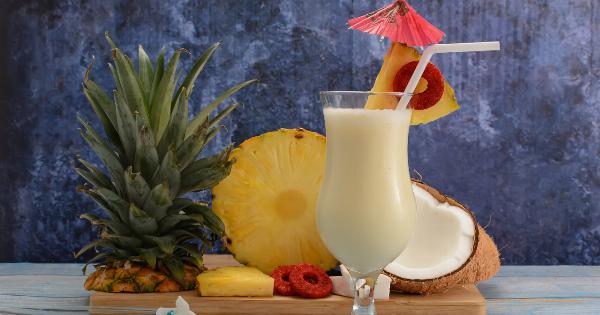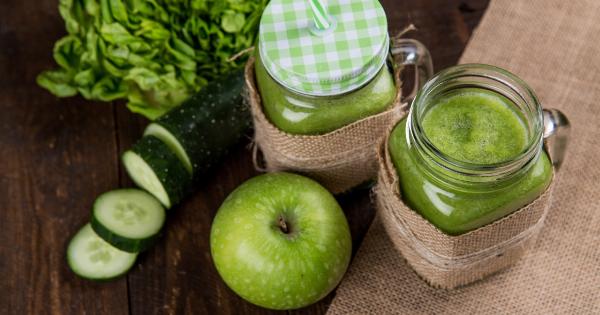Birth is a natural biological process that introduces infants to the world where they are exposed to various microbes. Babies born through natural delivery are colonized by bacteria from the maternal vaginal and fecal microbiome.
These bacteria, referred to as the microbiome, are critical for the health and development of the infant.
However, infants born via a Cesarean section (C-section) are not colonized by the vaginal and fecal bacteria, and therefore their microbiome composition is different from that of vaginally born infants.
Studies have shown that babies born via C-section have an increased risk of developing certain health conditions, such as allergies, asthma, and obesity.
What is the microbiome?
The microbiome refers to all the microorganisms that inhabit a particular environment. The human microbiome is the collection of microorganisms that live in and on the human body, including bacteria, viruses, fungi, and other microbes.
The microbiome plays a critical role in human health, and disruptions in the microbiome can lead to various diseases and conditions.
The microbiome of vaginally born babies
Vaginally born babies are colonized by bacteria from their mothers during delivery.
The maternal vaginal microbiome is dominated by lactobacilli, which are beneficial bacteria that help to keep the vaginal environment acidic, preventing harmful bacteria from colonizing the area. During delivery, the baby is exposed to these lactobacilli and other beneficial bacteria, which colonize their gut and skin, establishing the infant microbiome.
Babies born via vaginal delivery have a microbiome that is dominated by lactobacilli, bifidobacteria, and other beneficial bacteria.
This composition helps to protect the infant against harmful pathogens and plays a critical role in the development of the immune system. Studies have shown that the microbiome of vaginally born babies is more diverse and stable than that of C-section-born babies.
The microbiome of C-section-born babies
Babies born via C-section are not exposed to the maternal vaginal microbiome during delivery, resulting in a different microbiome composition. Instead, they are colonized by bacteria from their mother’s skin and the hospital environment.
The microbiome of C-section-born babies is dominated by Staphylococcus, Streptococcus, and other skin bacteria, which are less diverse than the microbiome of vaginally born babies.
Studies have shown that C-section-born babies have a higher risk of developing certain health conditions, such as allergies, asthma, and obesity.
The reason for this is still not fully understood, but it is thought that the lack of exposure to beneficial vaginal microbiota during delivery may be a contributing factor.
Factors that influence the microbiome of C-section-born babies
Several factors can influence the microbiome of a C-section-born baby, including:.
- Antibiotics: Antibiotics given to the mother before or during delivery can affect the infant’s microbiome. Antibiotics kill both harmful and beneficial bacteria, which can disrupt the microbiome composition.
- Delivery timing: The timing of delivery can also affect the infant’s microbiome. Babies delivered before 39 weeks of gestation are more likely to have a disrupted microbiome.
- Baby’s health: The health of the baby can also affect their microbiome. Premature babies, for example, may have a less diverse microbiome.
- Breastfeeding: Breast milk contains beneficial bacteria that can help to establish a healthy microbiome in the infant.
- Environment: The environment in which the baby is born and raised can also affect their microbiome. Babies raised in a sterile environment may have a less diverse microbiome.
Implications for C-section-born babies
Research has shown that the microbiome plays a critical role in human health, and disruptions to the microbiome can lead to various diseases and conditions.
C-section-born babies have a different microbiome composition from vaginally born babies, and there may be an increased risk of health problems as a result.
Fortunately, there are steps that can be taken to help establish a healthy microbiome in C-section-born babies. Breastfeeding is one way to help establish a healthy microbiome.
Studies have shown that breastfed infants have a more diverse and stable microbiome than formula-fed infants.
Another way to help establish a healthy microbiome is through probiotics. Probiotics are beneficial bacteria that can be taken as a supplement to help establish a healthy microbiome.
Studies have shown that probiotics can be effective in reducing the risk of certain health conditions in C-section-born babies.
Conclusion
The microbiome is critical for human health and plays a crucial role in the development of the immune system.
Babies born via C-section are not colonized by bacteria from the maternal vaginal microbiome, resulting in a different microbiome composition from vaginally born babies. This difference may contribute to an increased risk of certain health conditions. However, steps can be taken to help establish a healthy microbiome in C-section-born babies, such as breastfeeding and probiotics.































